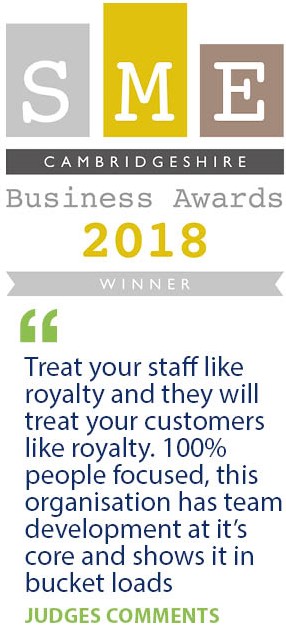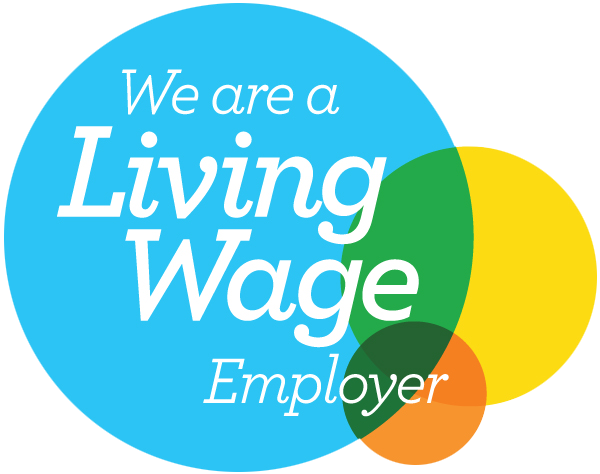
Previously, salaries alone were the ‘reward’ for doing a job, but as a new generation begins to enter the workplace and job markets become candidate-driven rather than employer-driven, employees expect more than a basic salary.
People are now less loyal to companies, so from a retention point of view, the better the rewards and benefits you can provide, the higher your chances of keeping your most talented staff. Not just this, but rewarding your staff for notable achievements can have a positive impact on their output and attitudes as a whole, making reward strategy and design all the more important.
If you’re unsure what a total rewards strategy is, you likely don’t have one in place and could be missing out on the several benefits they have been proven to yield. Here, we will be explaining in detail what an effective reward strategy is, how it can help your business, and what goes into developing a reward strategy.
So, how do we define a reward strategy? An employee reward strategy involves the design and operation of reward policies and practices, intended to support an organisation’s business objectives, whilst also encouraging employee loyalty and behaviours. A reward strategy should include a comprehensive package of motivating benefits and bonuses, which is put in place by employers and HR departments to reward employees for achieving specific goals. Reward strategies are aligned with business strategies in order to allow the business as a whole to excel as part of a collective effort. Reward strategy examples might include elements such as flexible working, growth opportunities, and wellness initiatives.
Reward strategies can take many forms and can be comprised of various rewards and incentives for employees, but at their core, they are designed to motivate employees to perform better and help the overall company achieve its business goals.
There are multiple benefits to be gained from reward strategy implementation. Firstly, many businesses report an increase in productivity and overall morale. This is because employees respond well to positive reinforcement and praise. When employees are happy and feel appreciated, they are more likely to continue working hard and producing higher quality work, and this can have a big impact on your business as a whole.
Another benefit is an increase in staff retention. In a competitive candidate-driven market, keeping hold of talented, high-performing staff is essential. Reward strategy and additional benefits can go a long way in keeping your employees on board. It’s no longer a case of offering the highest salary – the wider proposition, such as job perks and atmosphere are fast becoming the most important factors for job seekers.
As mentioned, there are various components of a reward strategy. From an employee package perspective, employers commonly choose to implement financial incentives and bonuses as part of their strategy, but this isn’t appealing to every type of employee, meaning other types of rewards need to be included too.
Following the COVID-19 pandemic and the lockdown order to work from home, many employees have found that they prefer the freedom of being able to work outside of the office. For businesses, giving employees the option to work from home as part of your reward strategy can be a useful incentive.
Another component many employers choose to include as part of their reward strategies is additional time off. Many employees respond well to the possibility of accruing time off in addition to their annual leave, making it an effective tool to implement in reward design.
Developing a reward strategy is not quite as simple as putting benefits in place and handing them out to employees as and when. The principles of a reward strategy need to be well-thought-out, and defined, clear processes need to be put in place that employees can clearly navigate in order to understand the route to reward.
Firstly, the management team needs to assess what type of rewards people within the organisation will respond well to, and they then need to identify under what circumstances employees will be eligible to access the reward elements. This involves coming up with a list of achievements and behaviours that are determined as reward-worthy. These can include closing a certain number of deals, getting a certain number of name drops in customer testimonials, achieving a promotion, or anything else.
It’s important to remember that when designing a reward strategy, it needs to align with a wider business strategy. This means looking at what your goals for the company are and figuring out how rewarding your staff can help you get there. For example, if your goal is to improve morale across the business, the rewards will need to reflect this, in which case, financial incentives could be something to consider.
On the other hand, if your aim is to boost productivity, including flexible working hours as part of your reward strategy and design is a good idea.
Next, there needs to be training given to line managers so that they can accurately identify when an employee has fulfilled the criteria set for receiving a reward as per the strategy. This needs to be consistent for all departments so as not to cause internal rifts between employees.
The final step in creating a reward strategy is to reevaluate the programme after it has been implemented. This is to see whether it works and if modifications need to be made.
Implementing a reward strategy can be tricky for those new to it. Paydata is a specialist in reward strategy and design. We are primed to help your employees and your business reach its full potential. For more information on how we can assist you, please contact us.
Sign up for briefings on pay benchmarking, salary surveys, reward strategy and statistical updates.
sign up for updates
© Paydata Ltd 2025 All rights reserved.
Registered in England no: 3632206
VAT no: 728 0808 28
Paydata Ltd, 24 Commerce Road, Lynch Wood, Peterborough, Cambridgeshire, PE2 6LR

